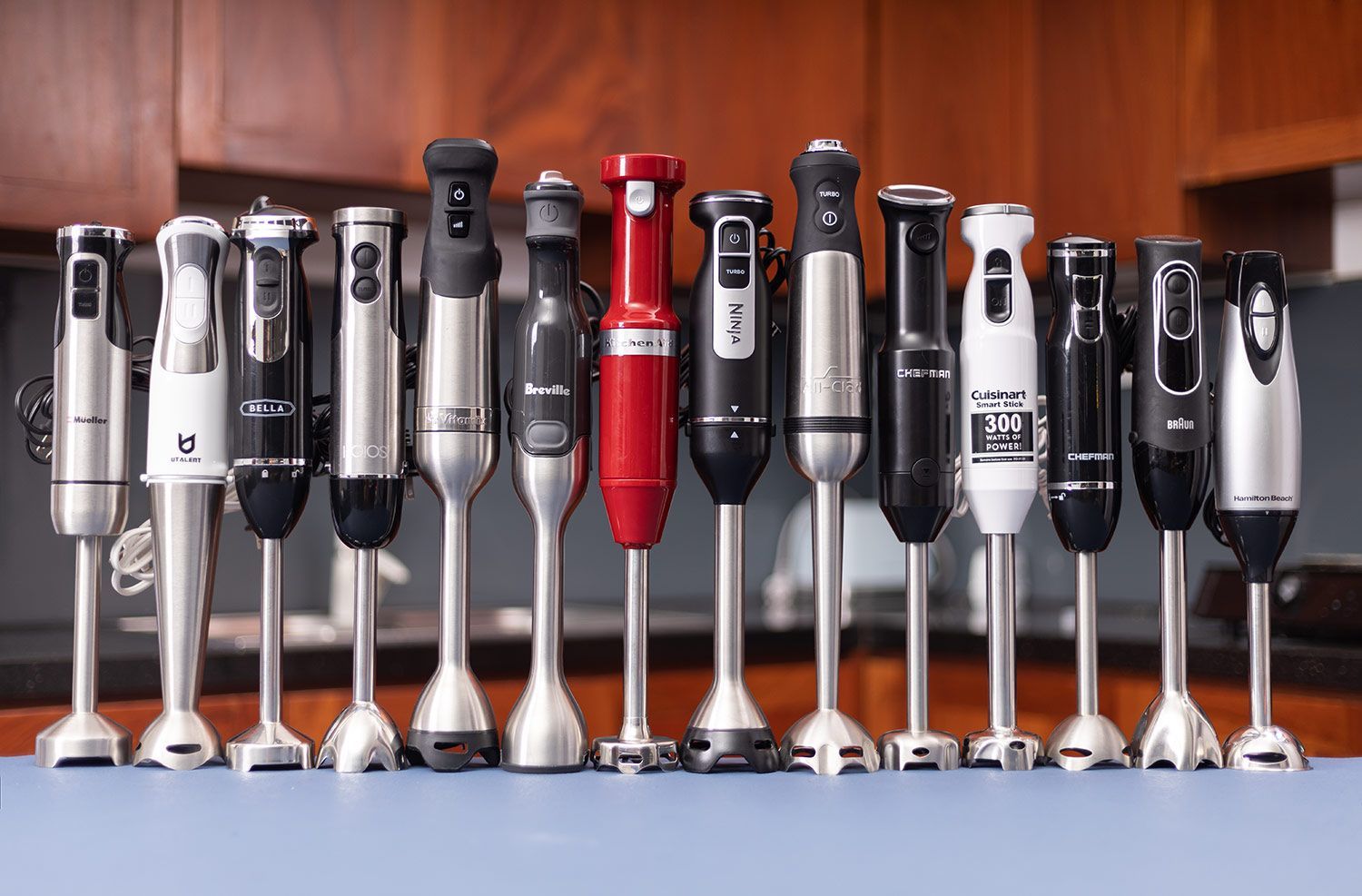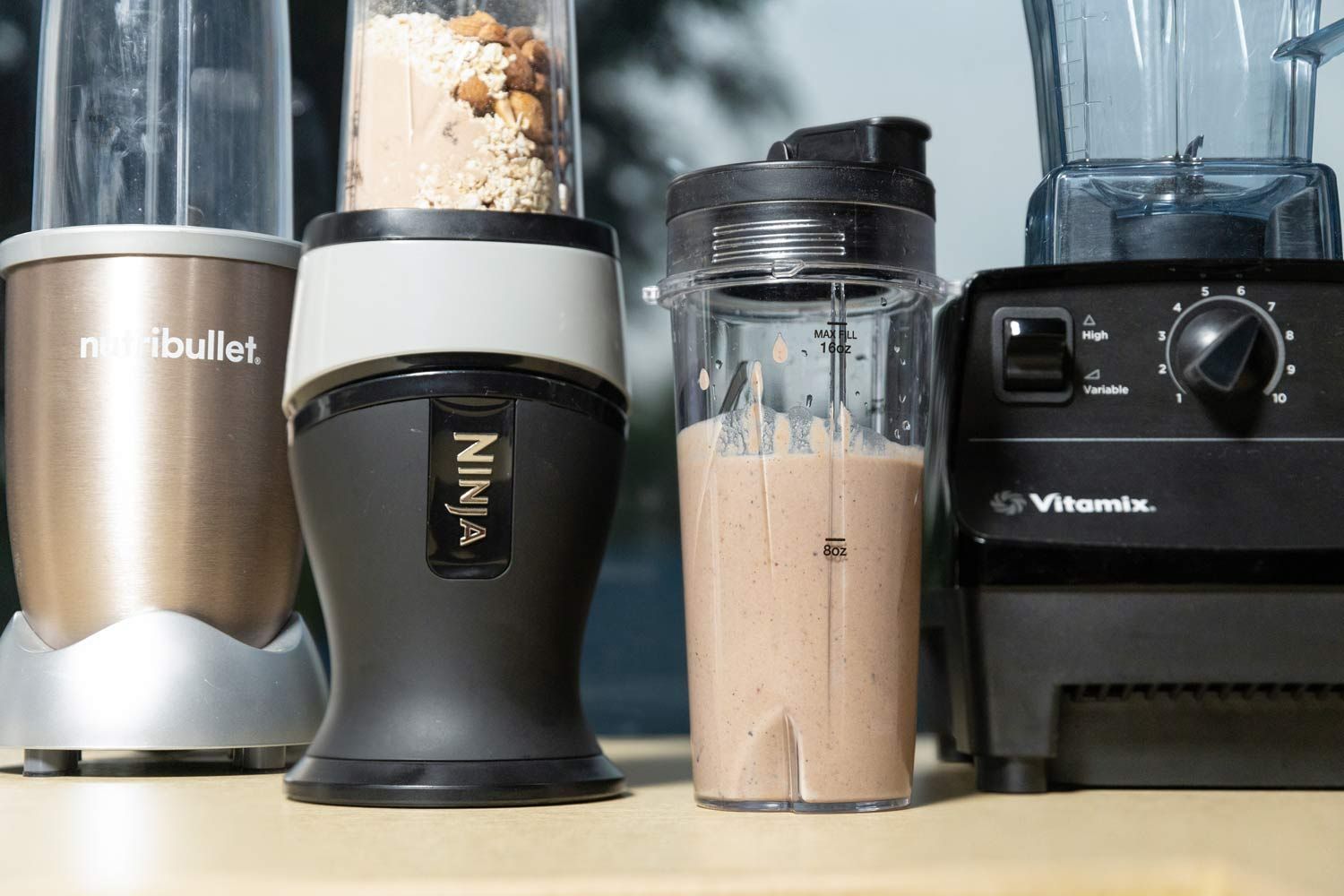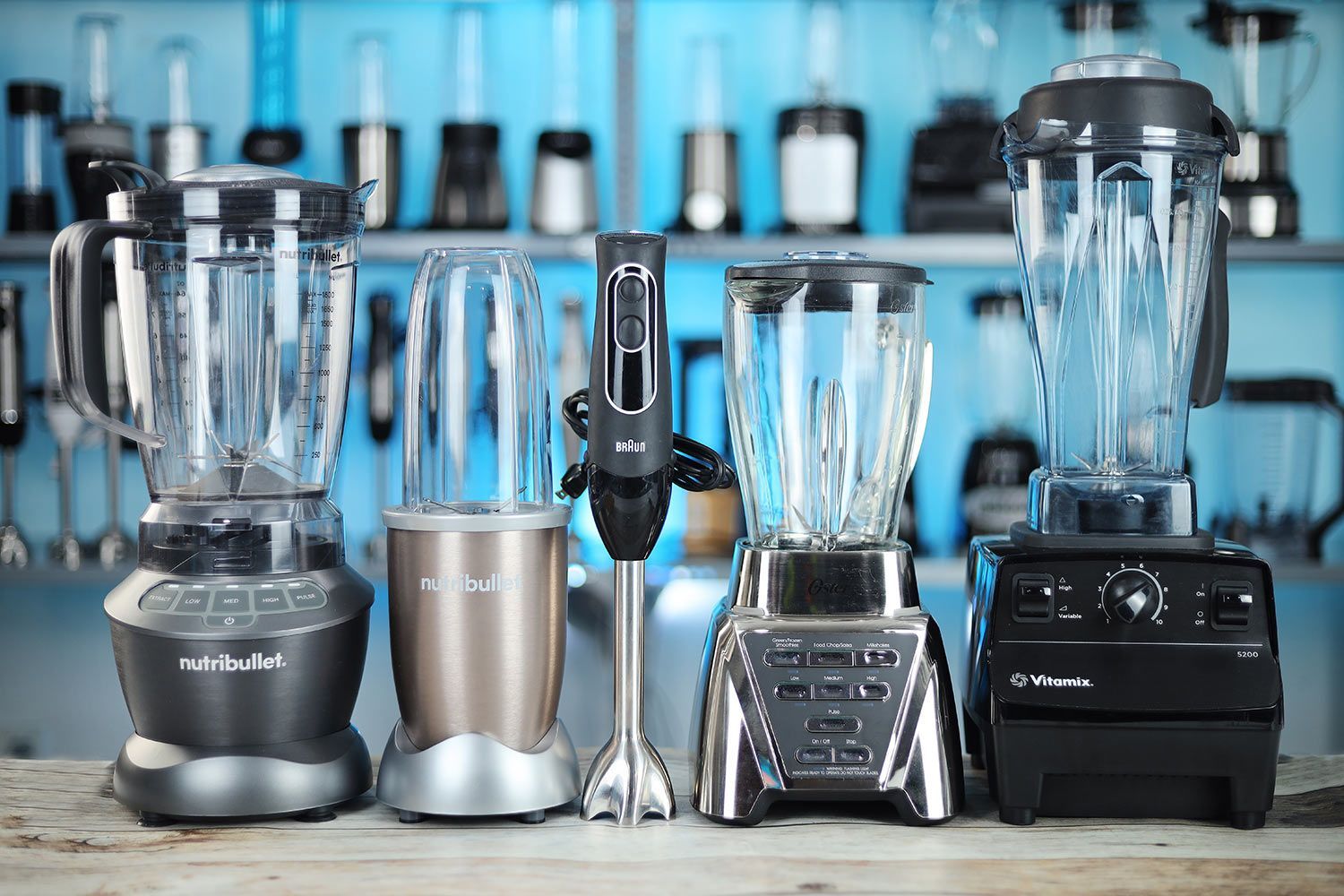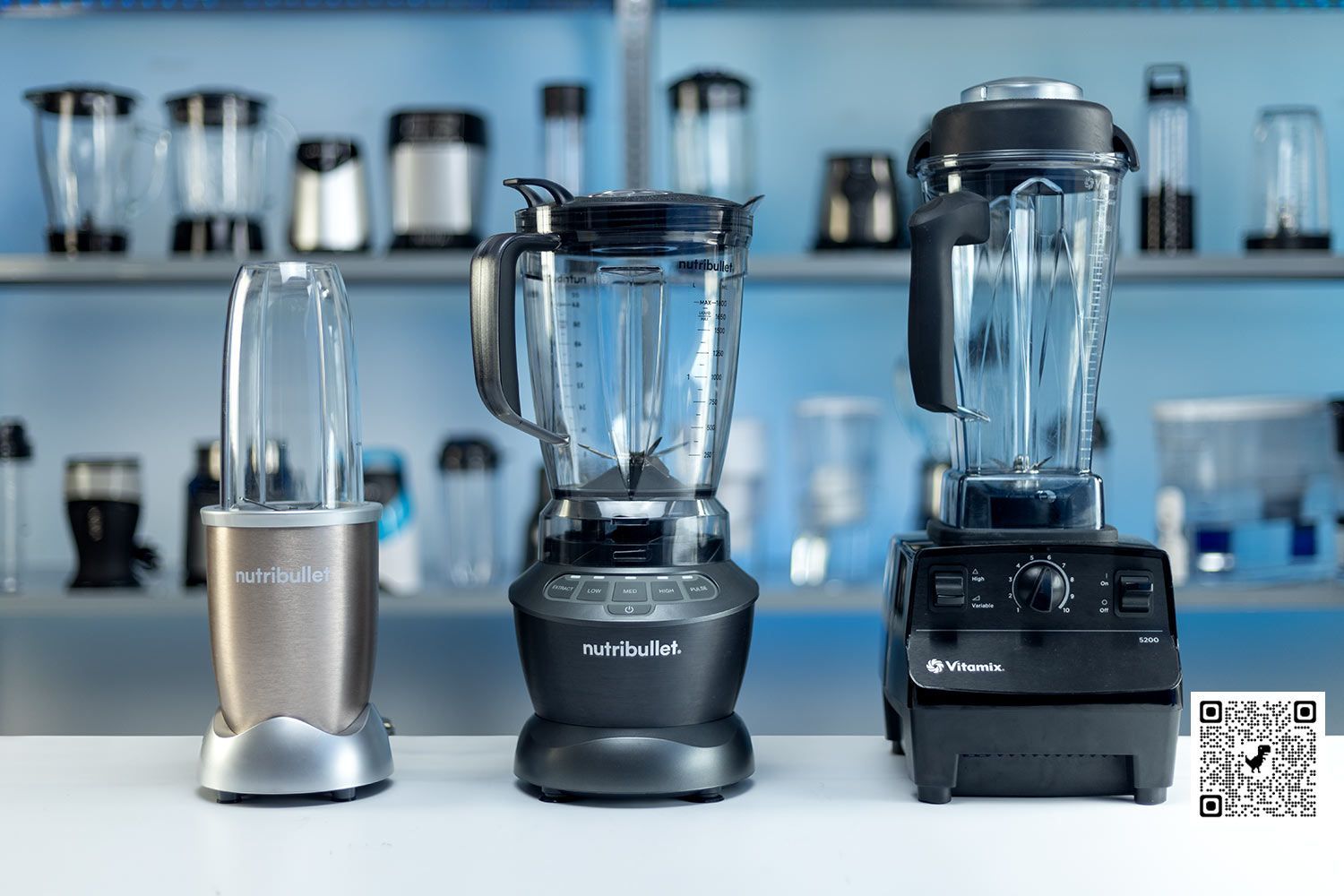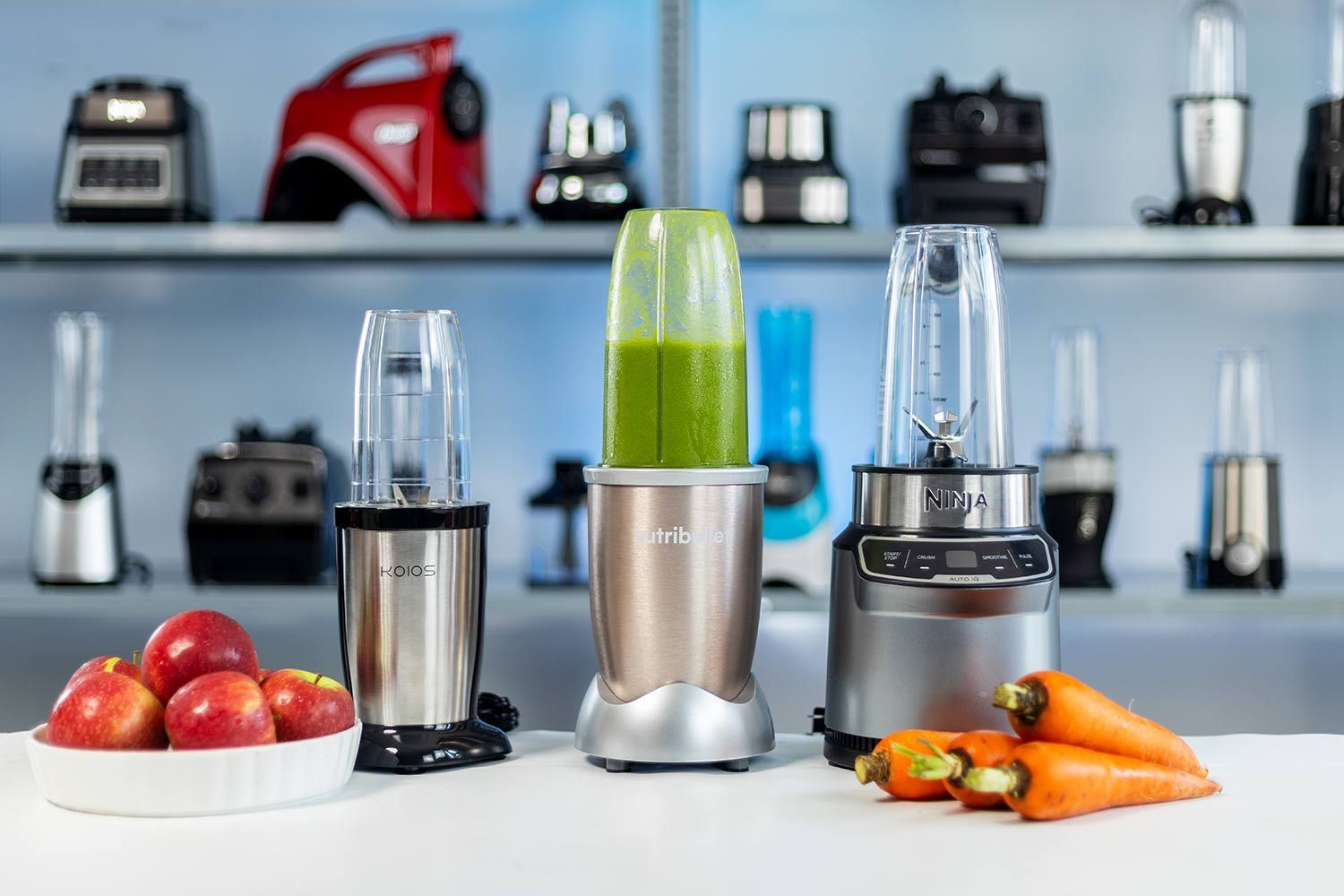Our recommendations are made independently. We may receive commissions from purchases made via our links.
Blender vs. Food Processor: What’s the Difference?
Fact is not everyone knows the difference between blenders and food processors, though they have been around for a while. Let’s change that.
Blenders and food processors are both appliances that process food. They look similar, and it seems like they use the same mechanics to deal with ingredients. But they are not created and developed for the same purposes. If you spend some time getting to know them, you’ll see that they have distinctive traits.
Today, we are going to talk about the differences between a food processor and a blender. We’re going to take a closer look at their functions and attachments and really see how sometimes people utilize them to perform the same tasks.
Similarities Between Blenders and Food Processors
At first glance, there are a lot of similarities between a blender and a food processor.
Most models of the two appliances have a power base that houses a motor and a container in which the food goes. Inside the containers, there are sharp blades that help cut up the food. You can even use them interchangeably for certain tasks— pureeing or ice crushing, for example.
In the medium-sized range, blenders and food processors look pretty much identical because most processors this size don’t have the signature feed chute. Moreover, many brands that make processors also make blenders. With a similar design, now too many of the same logos, the distinction blurs further.
Differences Between Blenders and Food Processors
There are many reasons why somebody would get a food processor and a blender mixed up. However, there are many more reasons not to.
The first being the design of food processors is changing. One prominent example is the successful Braun 12-cup. But the conventional units are still leading the market. So instead, we’ll look at their functions and components for a clearer contrast.
Use
The typical use of the blender is to make smooth liquid mixtures hot or cold, like smoothies, soups, dips, etc. Everything about the appliance is for that purpose, from the design of the blade to the wattage of the motor.
On the subject of cutting or shredding, blenders do not shine as well as food processors as they basically turn anything you put inside of them into a fine mess (pun unintended) or some sort of mush that you might not even want to put in your mouth unless what you’re looking for in a dish are purees or smoothies.
When a blender runs, it exploits gravity and creates a vortex to kind of pull the content down to the base where it meets the sharp crushing blades. Such a feature will allow you to create a fine homogeneous mixture that’ll make sure that you’ll have very little-to-nothing chunkiness in your puree or smoothie. Be advised that, if the content is solid, the mechanics can’t work as effectively.
Considering that most blender containers (excluding handheld stick blenders which operate in any container of your choice) are designed for easy pouring, it's clear why they're a kitchen essential for smoothie and shake enthusiasts. Whether it's you, your children, or your friends who relish these beverages, owning a blender will empower you to prepare these delightful treats. Utilizing fresh, organic ingredients, you can easily serve up wholesome smoothies and shakes, making a blender a perennial staple in your kitchen setup.
Trying making smoothies with a food processor however… Well, let’s just say they’re not that ideal for the task even though there are some brands or models that may be able to do the same function.
A food processor is mainly for dry food and can do much more in terms of processing ingredients. Standard processors can chop, slice, shred, and grate food with its attachments. More expensive models will have more tools, therefore more functions.
Unlike blenders, certain models of food processors have a capacity for wet food. Newer designs have solved this issue, but it’s still a good rule of thumb to keep in mind.
Cutting Blades
The biggest difference between food processors and blenders is the attachments, specifically the cutting blades. While blenders typically only have one blade assembly at its base, food processors offer multiple tools for different purposes.
Besides the chopping blade, a standard processor may have a slicing disc and a shredding/grating disc. Their functions are quite self-explanatory. Units in high tiers may also offer a whisking disc, a citrus attachment, a dough beater, a peeling disc, etc.
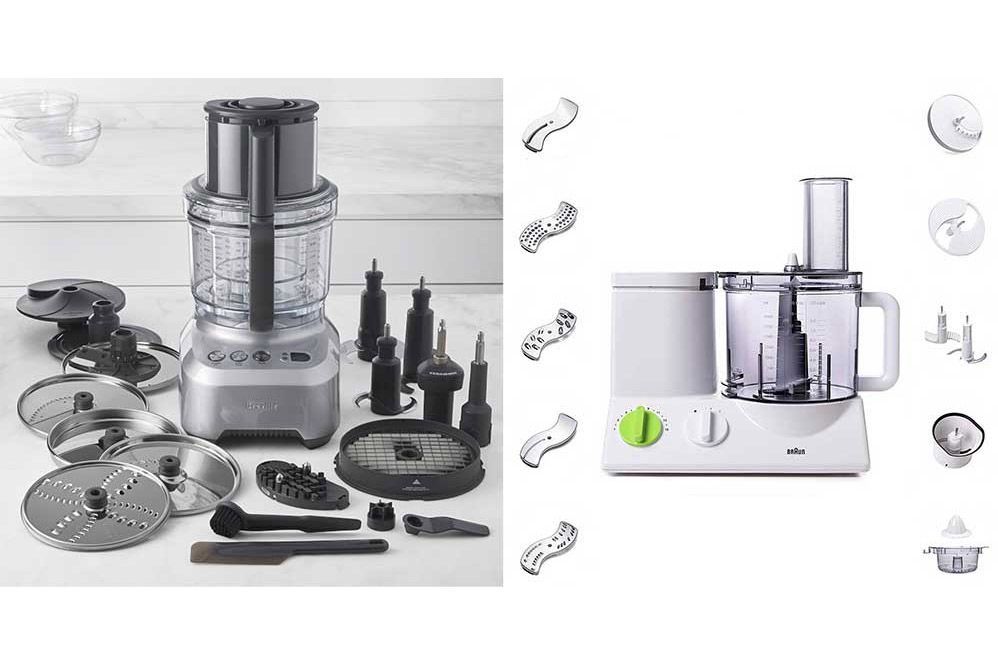
The most basic tool of the food processors, which is the chopping S blade, also doesn’t have much in common with the blender’s blade assembly.
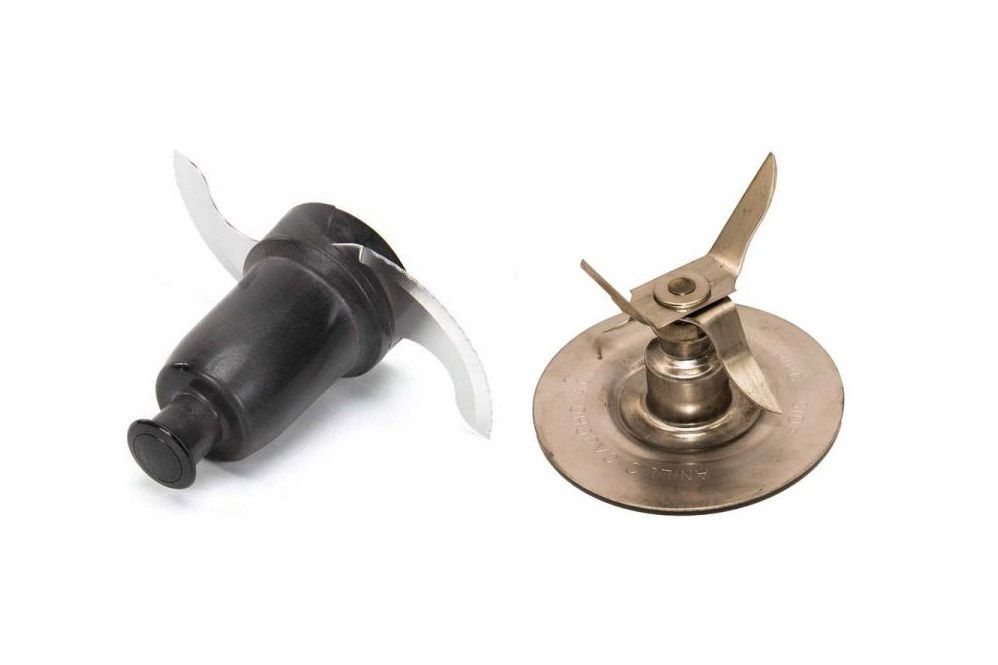
Designed to resemble the fine cuts of knives, the metal S blade is extremely sharp. If you have used a knife to prep food before, the blade helps produce the same results but in a much shorter period of time.
The blender’s blade, on the contrary, focuses on crushing rather than precise chopping. The two pieces are joined together to make sure that everything at the base of the pitcher is getting some action.
Another difference is that with a food processor, you can fully remove any attachment from the container. One of the reasons is the easy extraction of the food content since it’s not liquid most of the time. For the opposite reason, the blade assembly in blenders (except for bullet blenders) is usually not removable (though something with a thick consistency can still be very annoying).
Food Processor vs Blender - Their Specialties
If you need a more specific explanation on which kitchen appliance specializes on what, here’s a quick rundown on what you can do with either a food processor or a blender:
Blender:
- Purees
- Dips
- Smoothies
- Shakes
- Sauces
- Peanut Butter
- Hummus
- Dressings
Food Processor:
- Butters
- Chopped Vegetables
- Dough and crust making for baked goods
- Shredded Cheese
- Hummus
- Dressings
- Sauces
From the above, one should note that food processors are also a baker’s friendly tool as a lot of them have the feature or ability of making perfectly-made dough so that you won’t have to tire yourself by doing it manually, allowing you to focus on making sure that you’ve got the ingredients right or just give you some time to rest while waiting for the dough to rise before having to preheat your oven and bake it.
Others Aspects
There are a few other details that help distinguish blenders and food processors.
Container
Apart from the feed chute, the container of the food processor (also called “work bowl” or “work cup”) is usually broader and shorter than the container of the blender (also called “pitcher” or “jar”), which is tall. Work bowls also have more dry volumes than pitchers.
Power
The motor of blenders is usually stronger than that of processors. It’s probably because of the need for a fine, smooth texture.
The most powerful home food processor right now can yield 1,300 watts at its peak. For home blenders, the cap can be put at 2 horsepower, which is approximately 1,470 watts.
Conclusion
We hope that this short info post can help clear a few things up when it comes to the differences between blenders and food processors— though we doubt it's going to matter at all in the near future. With the tendency of technical development that can be observed, you can expect that the two appliances will eventually become one.



